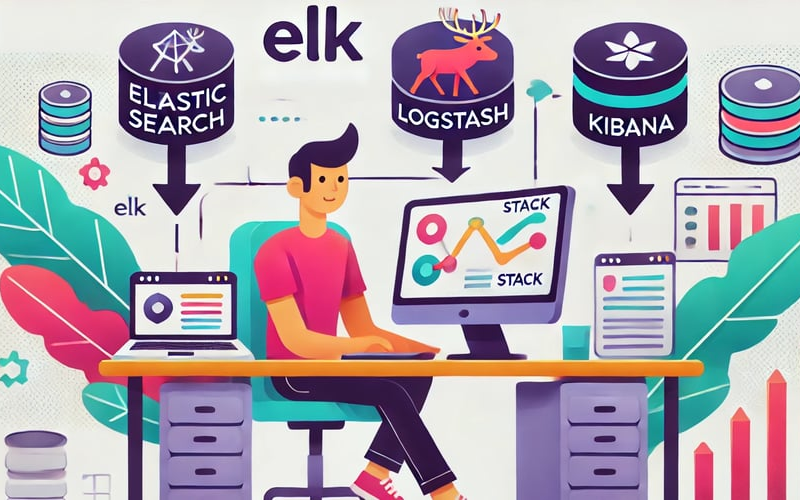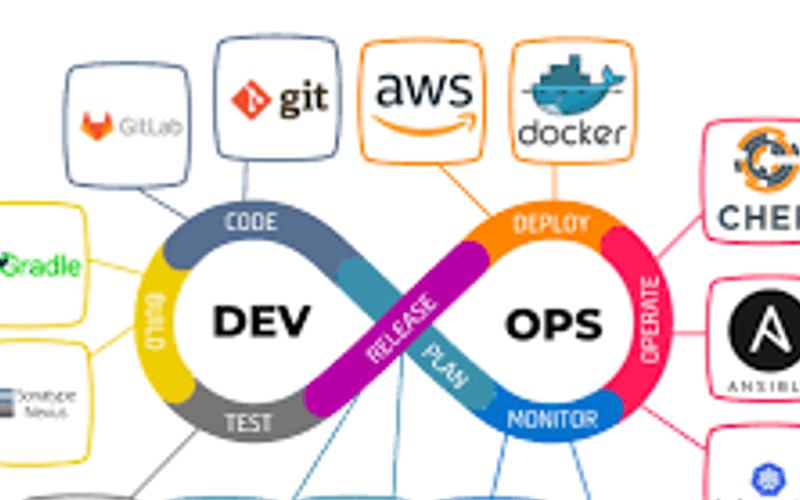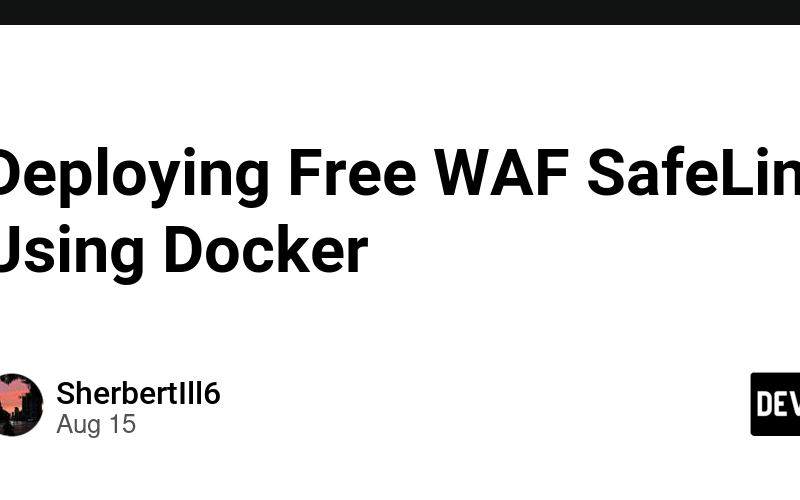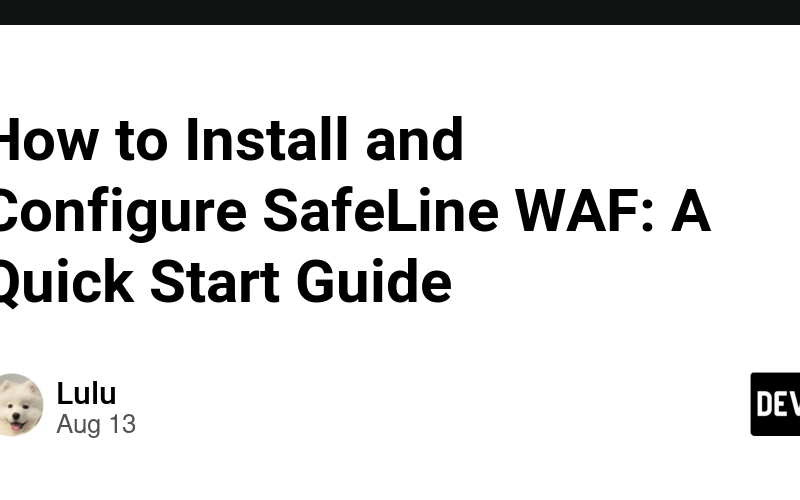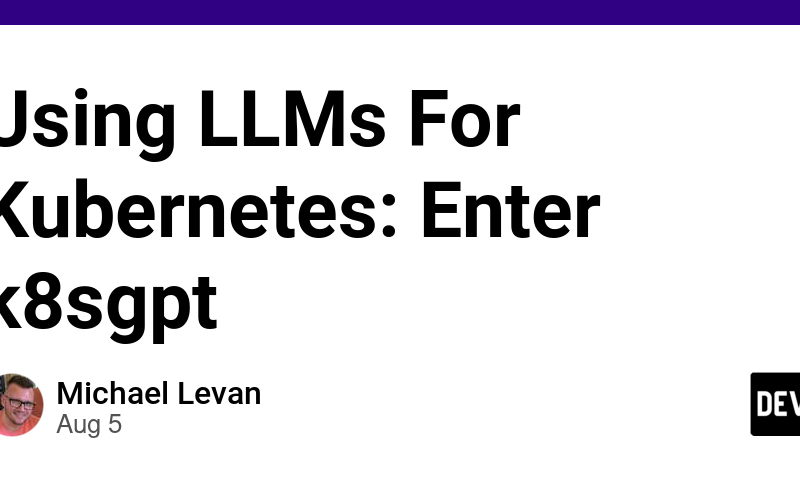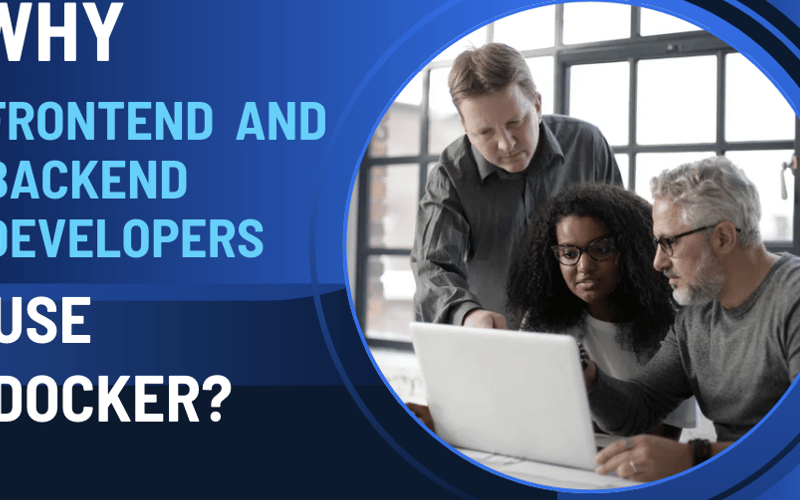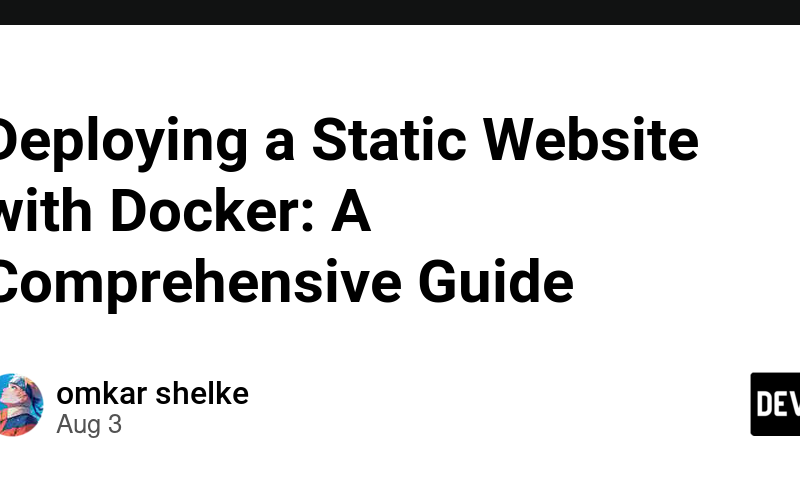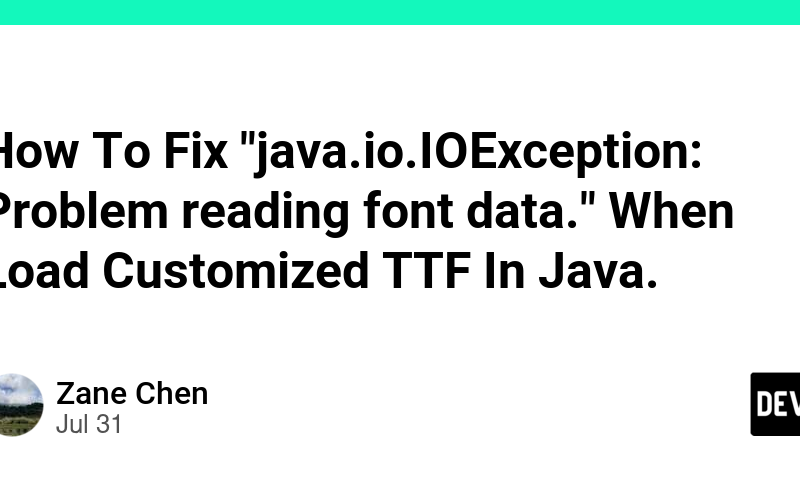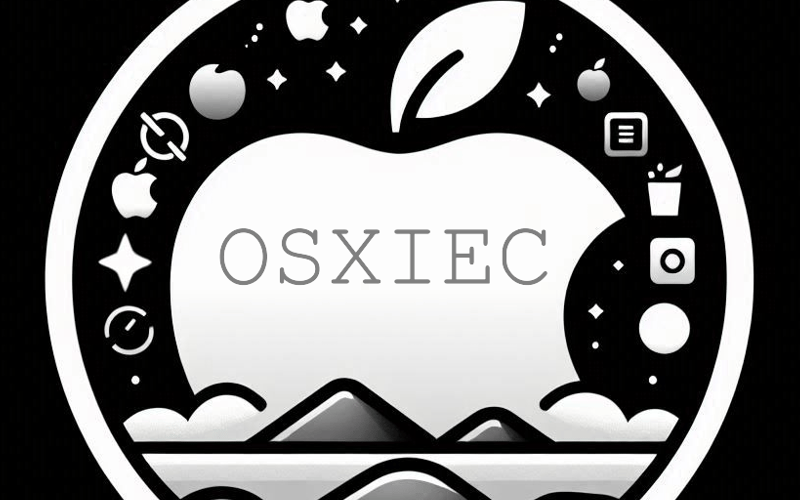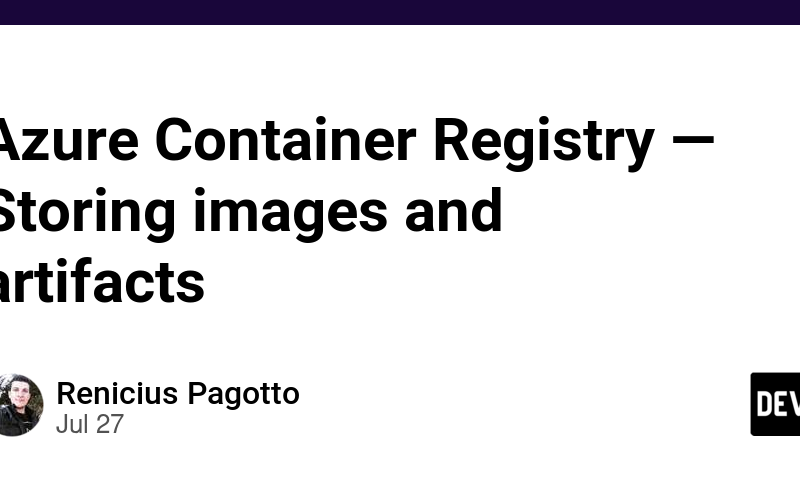17
Aug
Introduction In the modern web development landscape, the ability to search and access data quickly can be the key differentiator between a standard application and one that truly stands out. Imagine an online store where users can find products in milliseconds, receiving precise suggestions as they type. This enhanced user experience is made possible by technologies like MongoDB and Elasticsearch. In this article, we’ll explore the importance of these technologies and how to integrate them effectively. For developers already familiar with Node.js, understanding how Elasticsearch can accelerate data searches and provide a more responsive experience is a significant advantage. Why…

